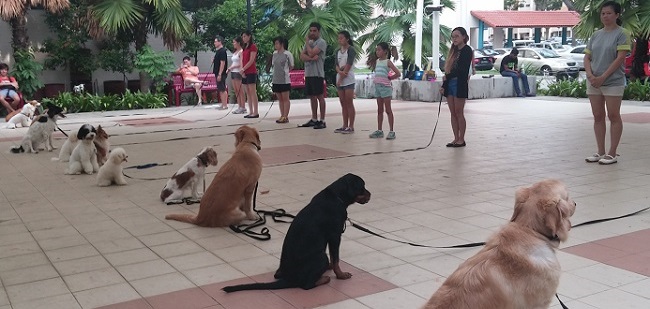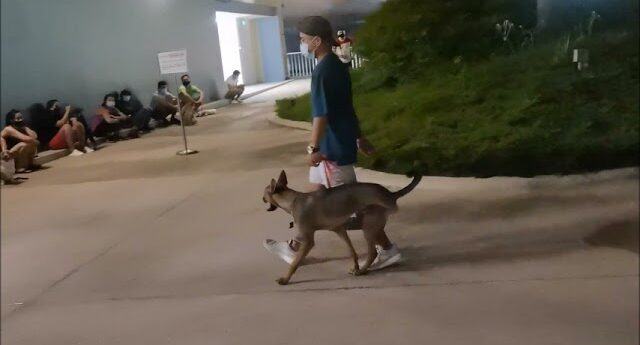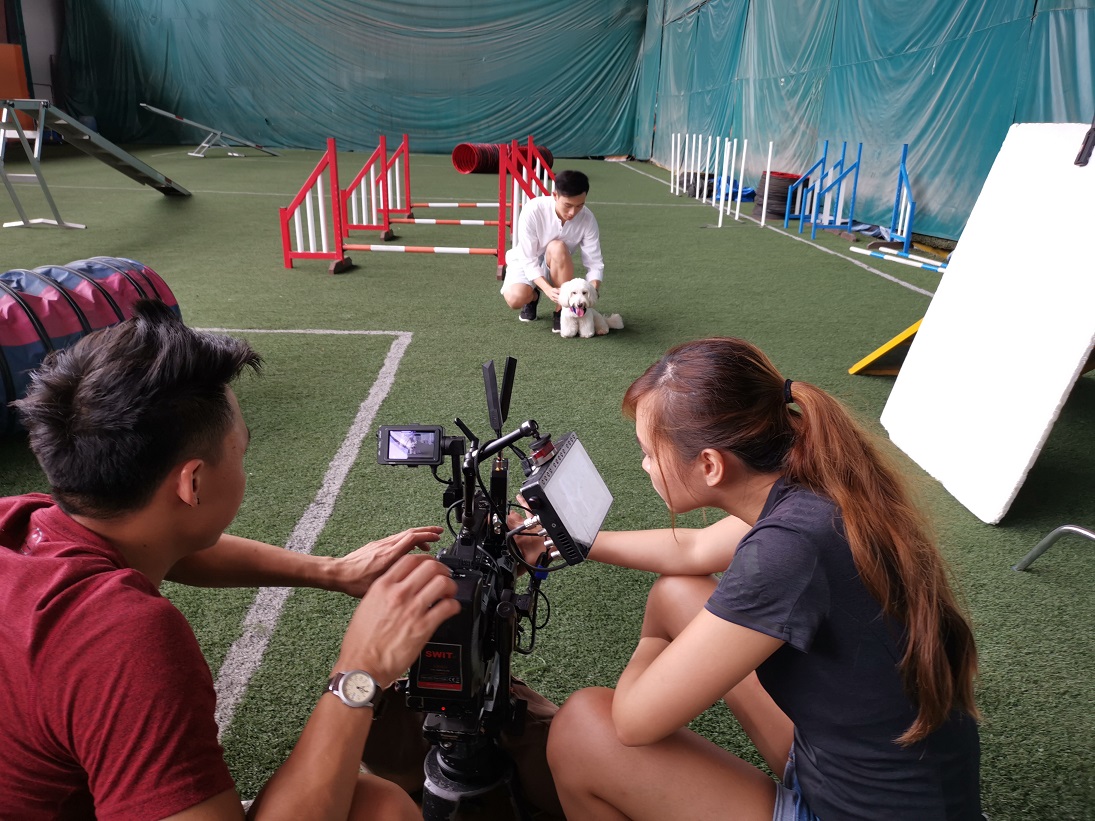Basic Training Pointers
June 07, 2022
by admin

- We recommend obedience training to commence at the age of about 4 months. This is the “flight-instinct” period, when puppies are curious and start chasing cockroaches and lizards. However, we have dogs as old as 12 years that attended our training class.
- You may use inducive training before the age of four months. This is the “tender” period, any negative experience can scar a dog psychologically for life. A bad experience in training at this age may put him off.
- Obedience training should result in your being able to get your dog to respond to your commands in emergencies. The two main training methods are: “Inducive” (using food as a reward or playing a ball as inducement), and the “Training Collar”.
- Inducive training won’t work on dogs that are uninterested in treat reward or playing a ball. It often do not override instinctive behaviour (especially in the present of strong distraction, eg: while chasing cats) – food alone will not stop a dog from fighting or aggression problem.
- Training collars is most effective if used correctly, especially if you need to override a dog’s instinct for its own safety (eg dashing across a road). Only use training collars with professional guidance, as you may not know how much strength you can use.
- Inducive methods is effective for training a dog to do tricks (play dead, roll-over…etc), as tricks are not used in emergencies (often not in the present of distractions).
- A dog is never too old to be trained. If you are handling an adult dog that is new to you, seek professional guidance. Give yourself and the dog time to adapt to each other.
Behaviour problems in dogs
- Dogs do not misbehave. They may act in a way that is objectionable to you, or not respond to your commands. A dog is not misbehaving by chewing your shoes or weeing on your carpet – he is just doing what is normal to him.
- Training helps the dog obey command & understand what behaviour is objectionable to you.
- Your body language is important during training. Be confident. Don’t give your dog a command, then change your mind halfway. Watch the gestures you use as signals, lest these appear indecisive or subordinate to the dog.
- Toilet-training hints: Materials like carpet, grass and paper are naturally perceived by dogs as toilet areas. Do not try to paper-train a dog on carpet or grass (it will override the newspaper scent). Conduct paper-training on concrete flooring, so the dog is clear about which material it is acceptable to relieve itself on.
- Dogs bark because of intruders, fear or boredom. If your dog barks excessively, seek professional help as you may not know how to uncover the cause of the barking or correct it.
- Often, aggression in dogs is caused by owners not knowing how to handle the dog appropriately, or not understanding what provokes dogs. If your dog is aggressive, never hit it. It may turn even more aggressive. Seek a trainer’s help.
- Games like tug-of-war do NOT cause a dog to turn aggressive. If done correctly, the dog understands that it is a game. Many dogs naturally growl during tug-of-war; this is NOT a sign of aggression.
- Puppies that bite or nip your hands and legs between three and eight months old are NOT being aggressive. They are teething, and seeking attention. (More often they do not understand that nipping causes pain to you because their teeth are sharp)
Why train at all?
- To train or not to train is a matter of opinion. It depends on what you expect from your dog. If you don’t mind your dog doing anything and damaging anything, let it be! But if you want your dog to be enjoyable to interact with, and learn household rules, training is needed.
- Some dogs are “problem dogs” because of earlier mishandling. In these cases, training is vital unless you want to resort to giving up the dog.
- It is always good to attend a training class even if you eventually decide not to train your dog, so that you will understand dog behaviour better.
How to find a good training school
- Visit the school. Check their profile – find out what results they have produced, what are their students’ achievements.
- Paper qualifications alone don’t tell you much, because dog training requires experience. Some professional trainers certificates can be obtained in six weeks!
- Find out about their training programs. Visit several training sessions, talk to the students, find out what the students have achieved with their dogs.
Training different breeds
- Some breeds, because of their size and strength, can be challenging to handle. Select a breed you can manage, not just because you like the breed.
- For example, selecting a Rottweiler for a child to handle is not desirable, because the difficulty may discourage the child’s future interest in dogs.
- No matter what the breed of dog, each individual dog has its own personality. Success in training depends largely on how interested the owner is in training the dog.














